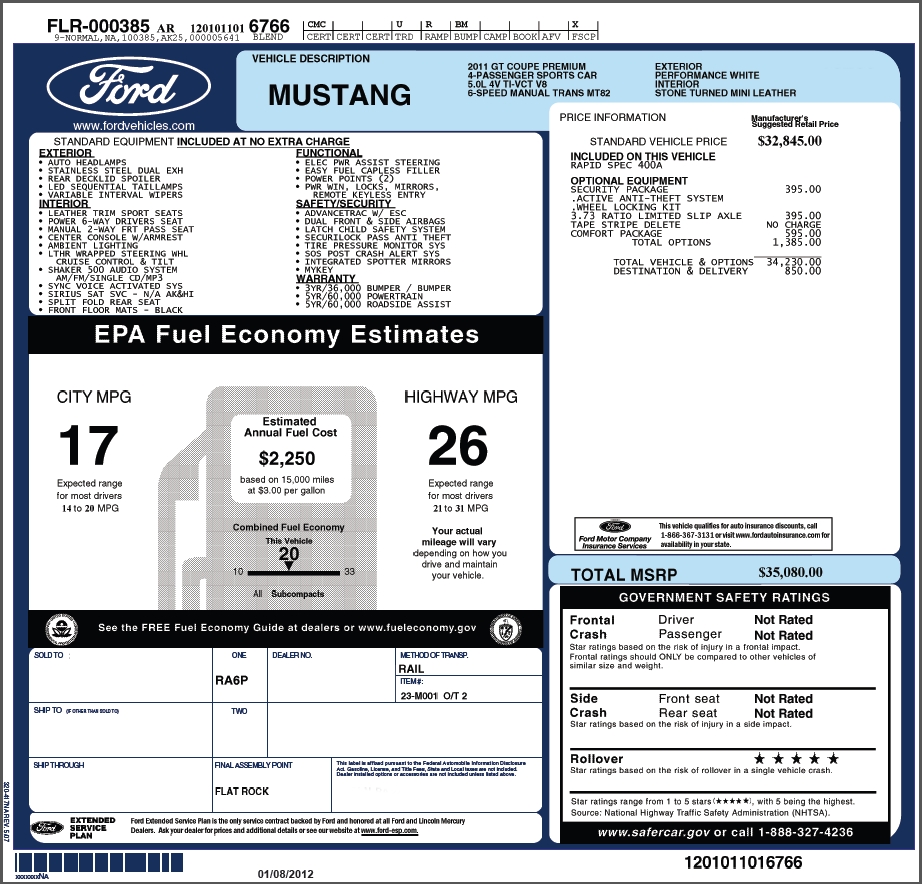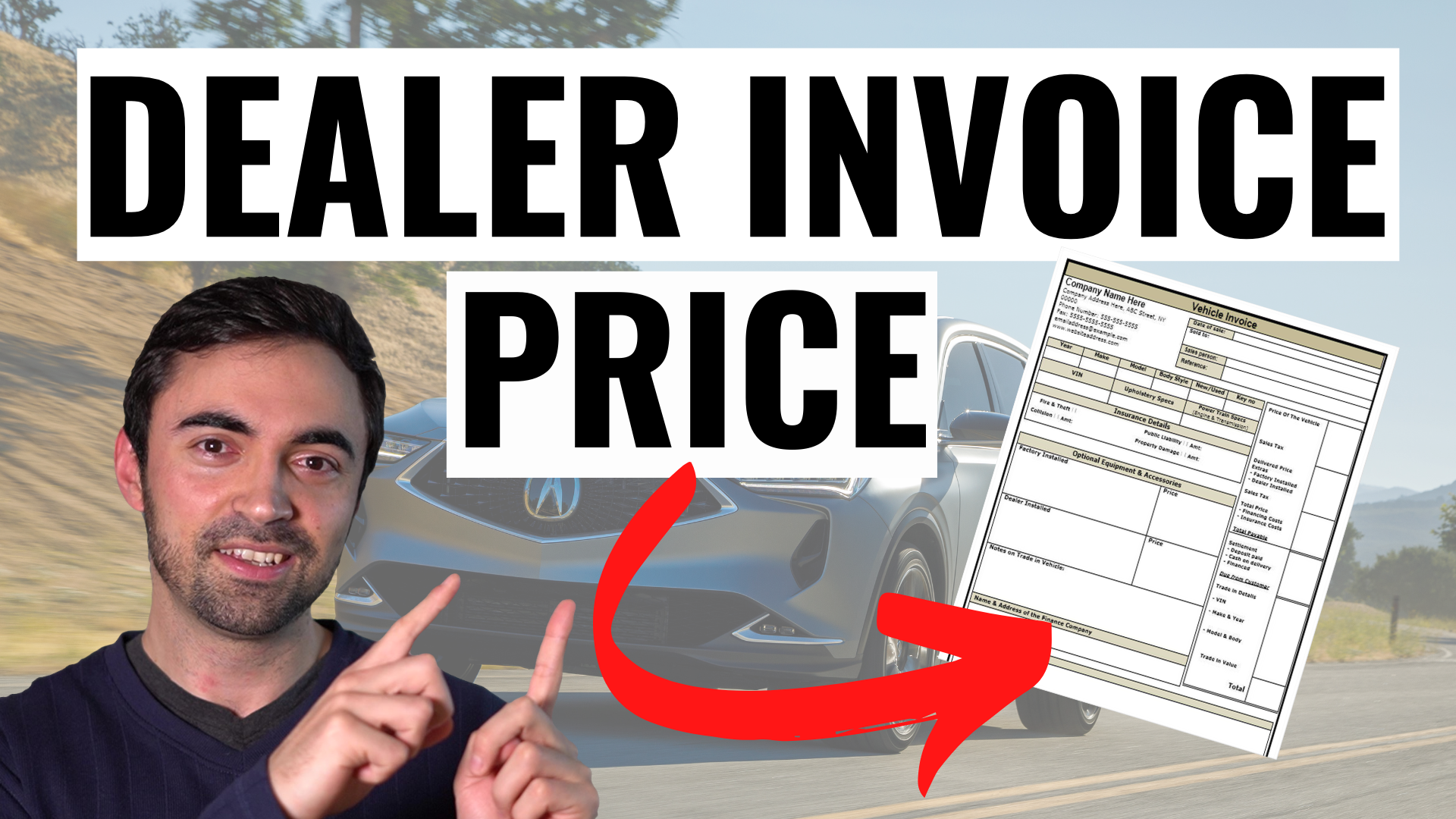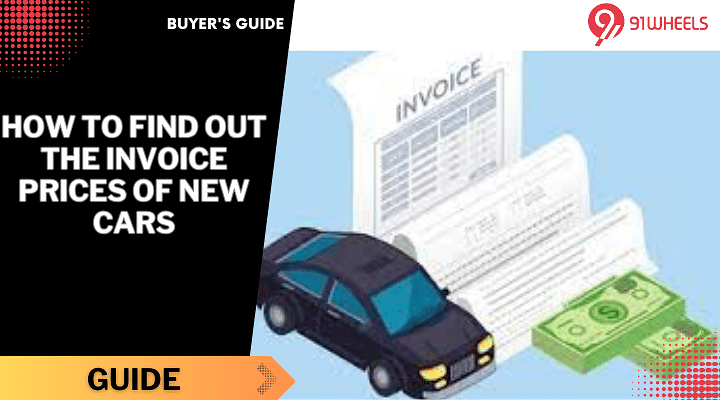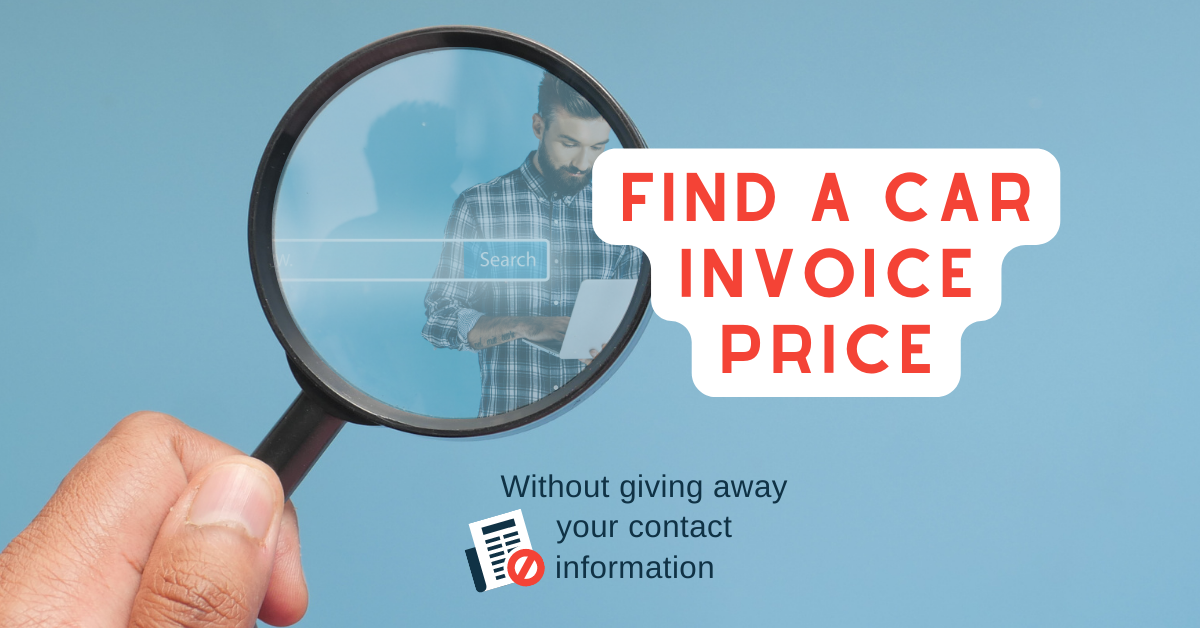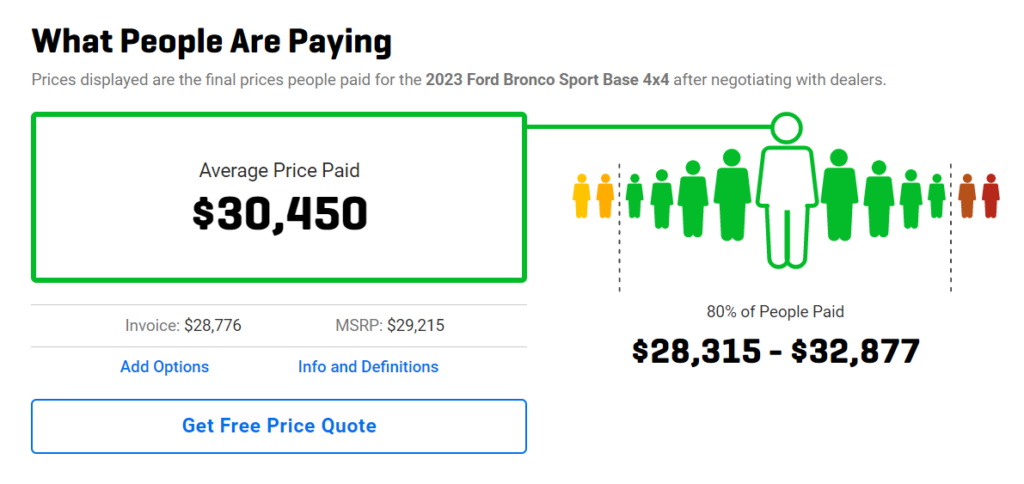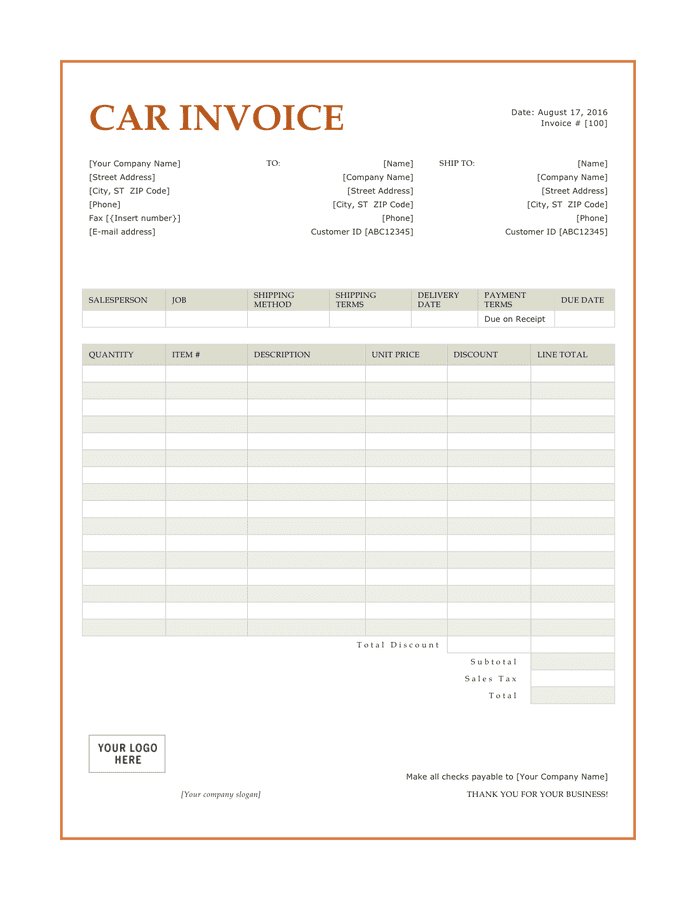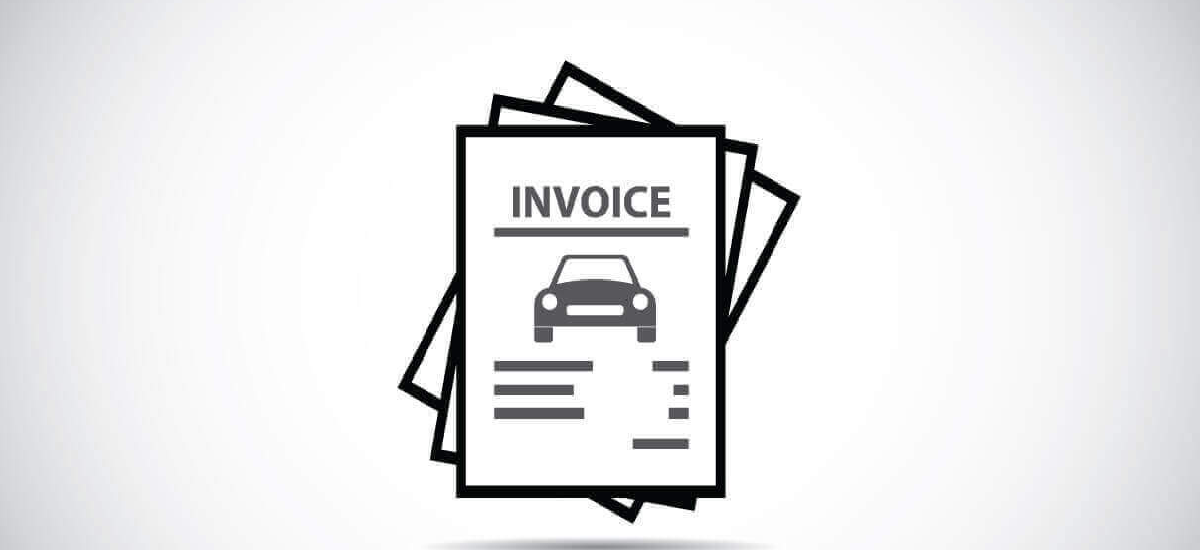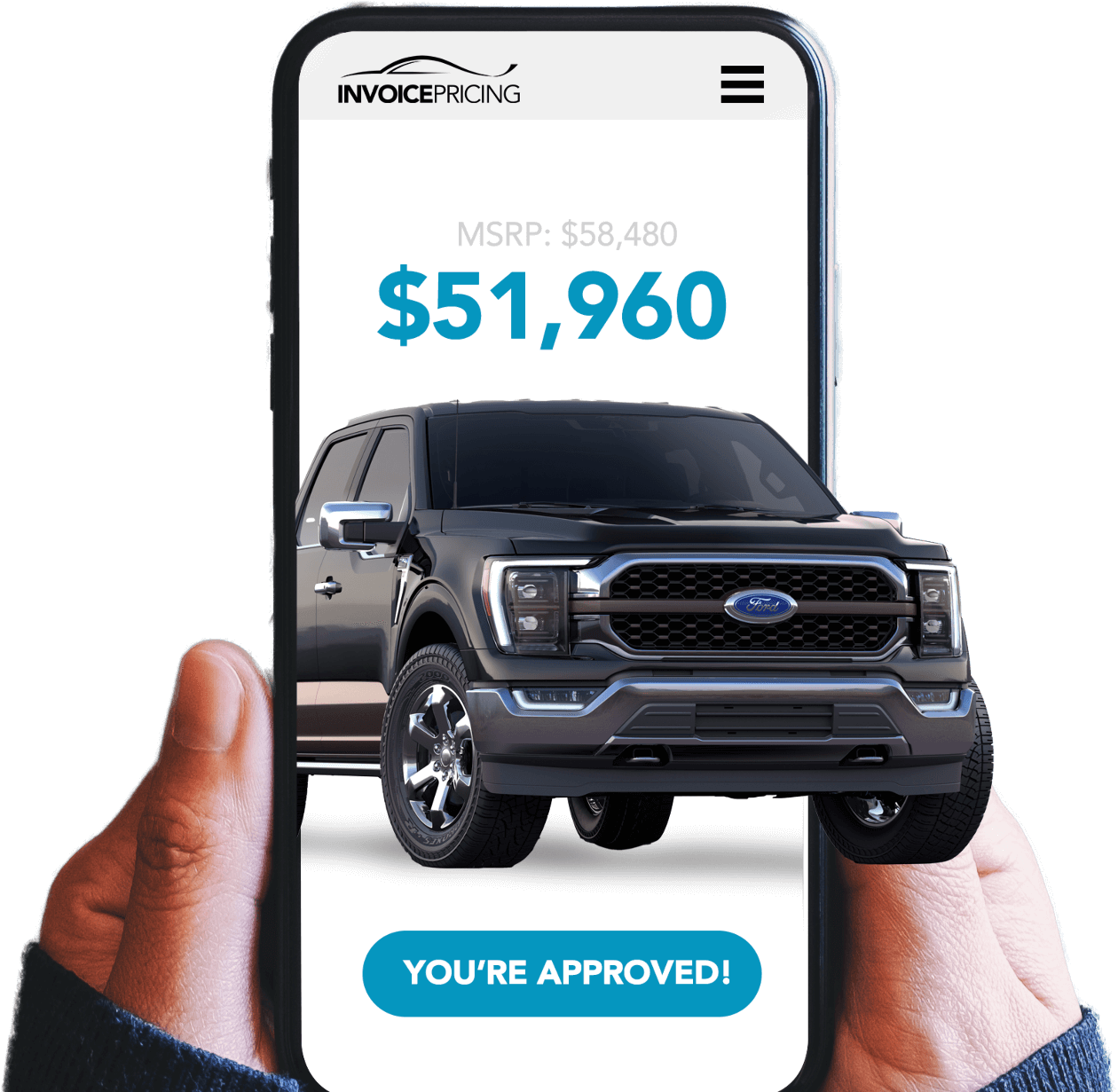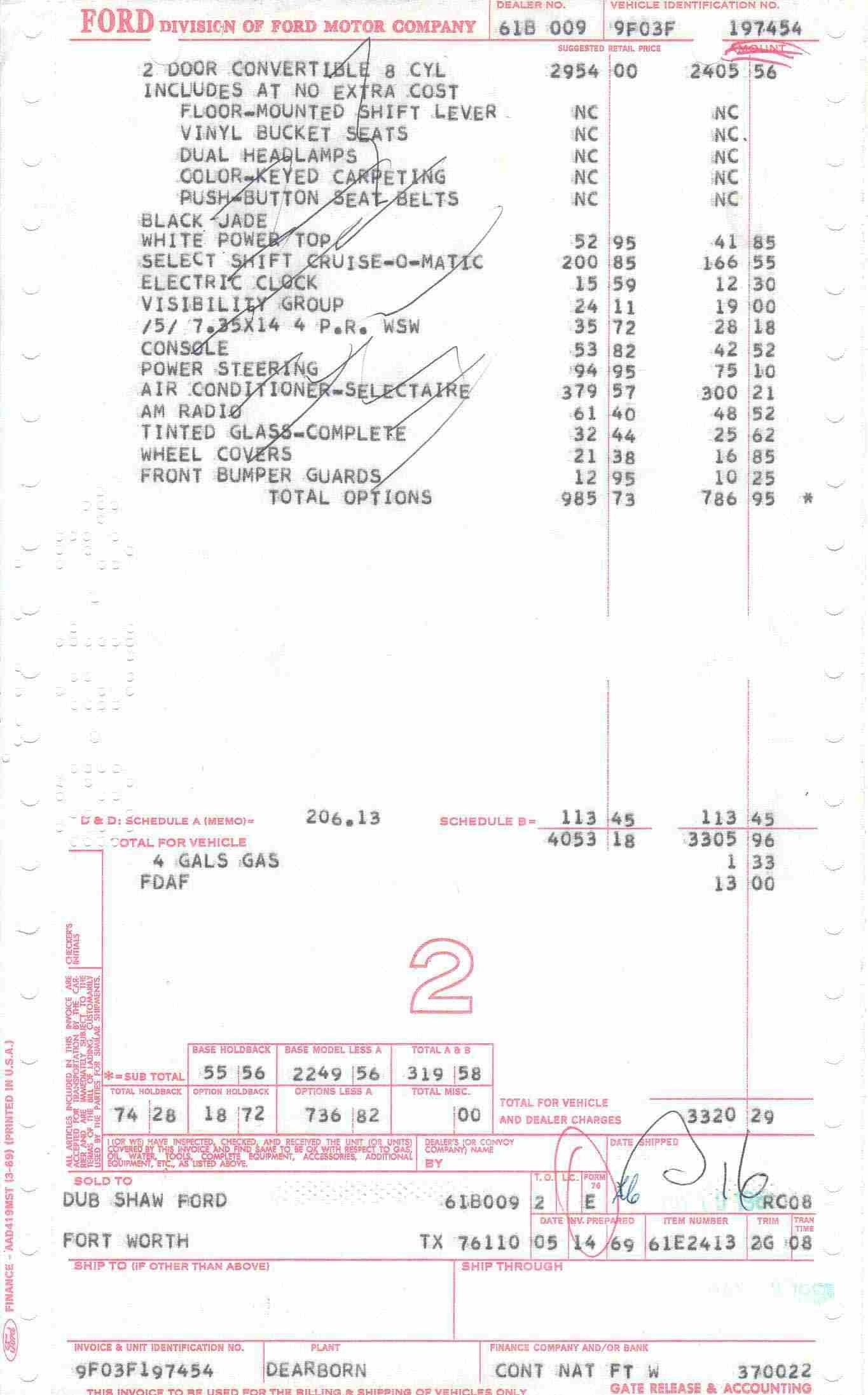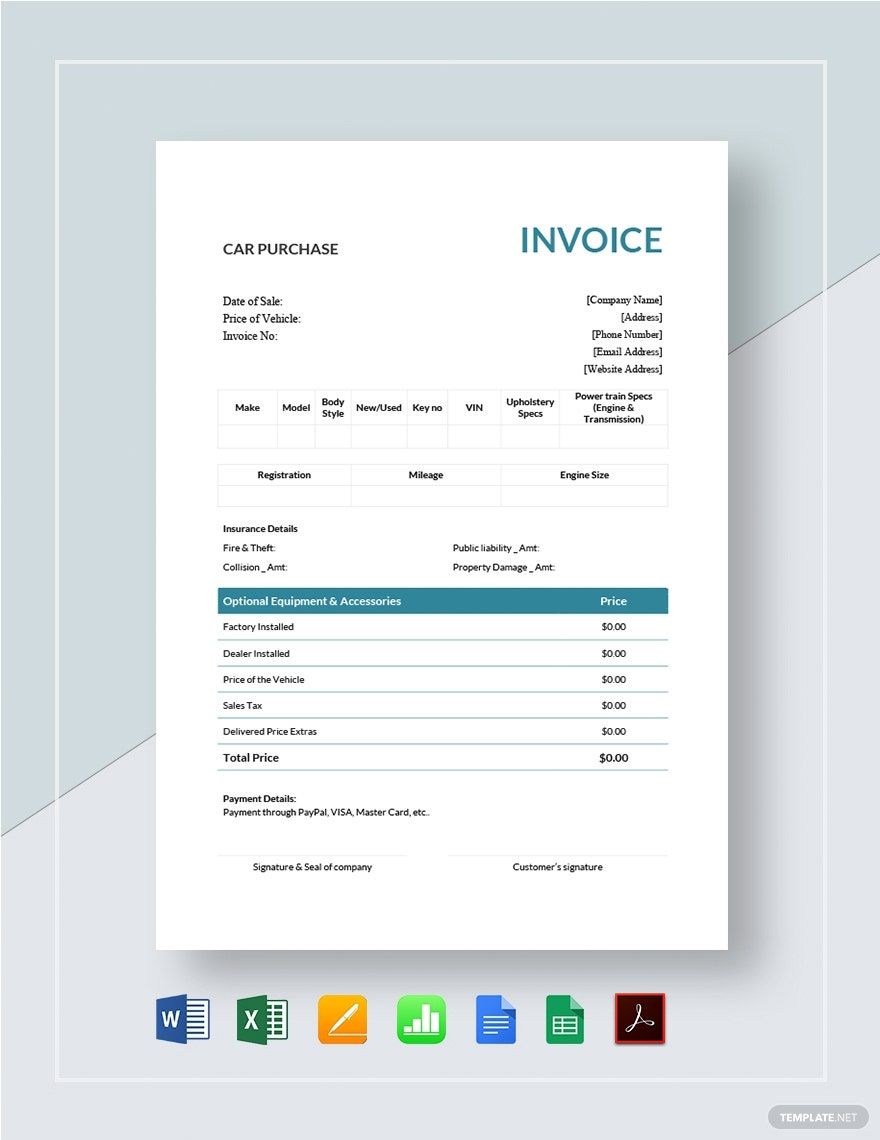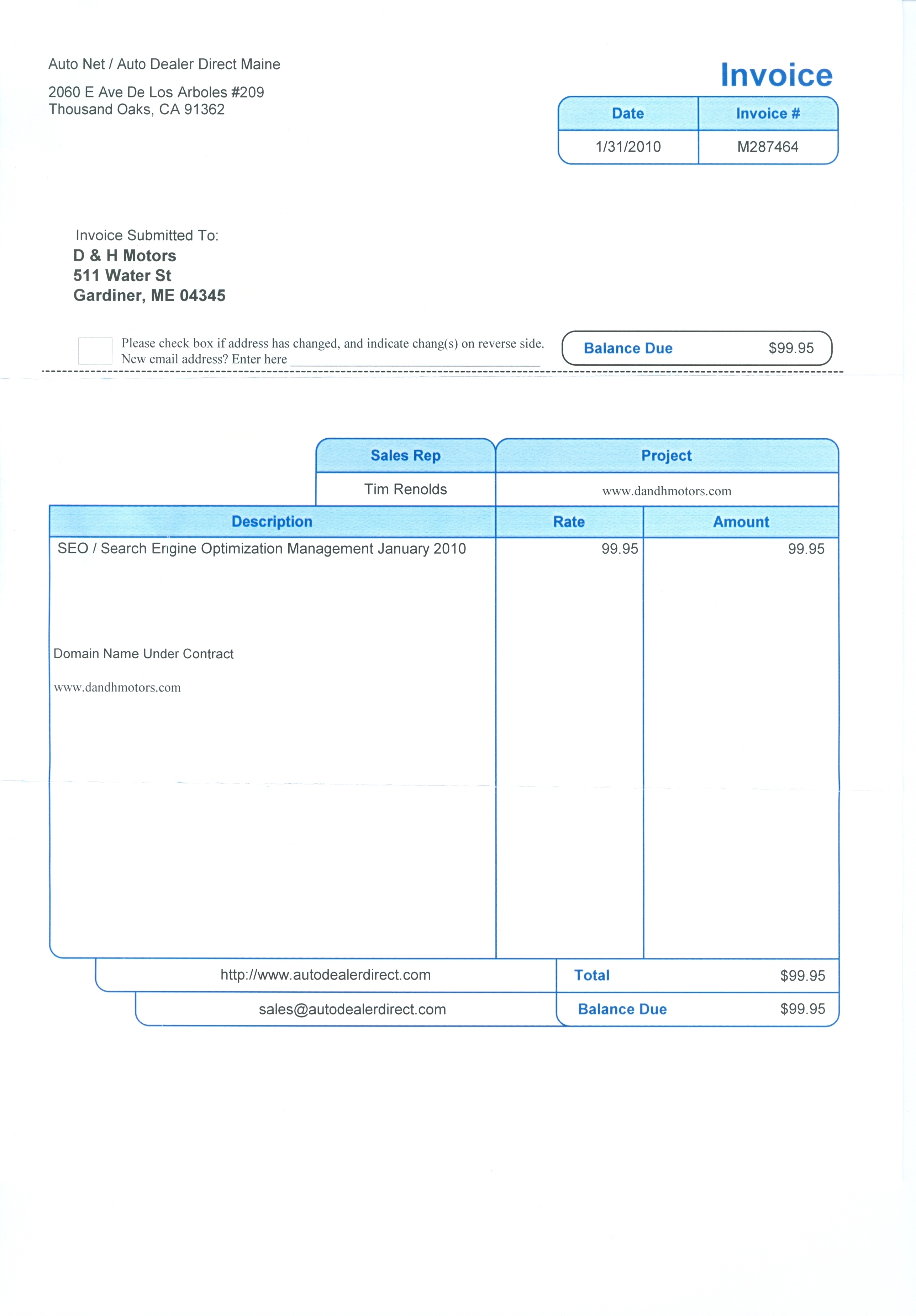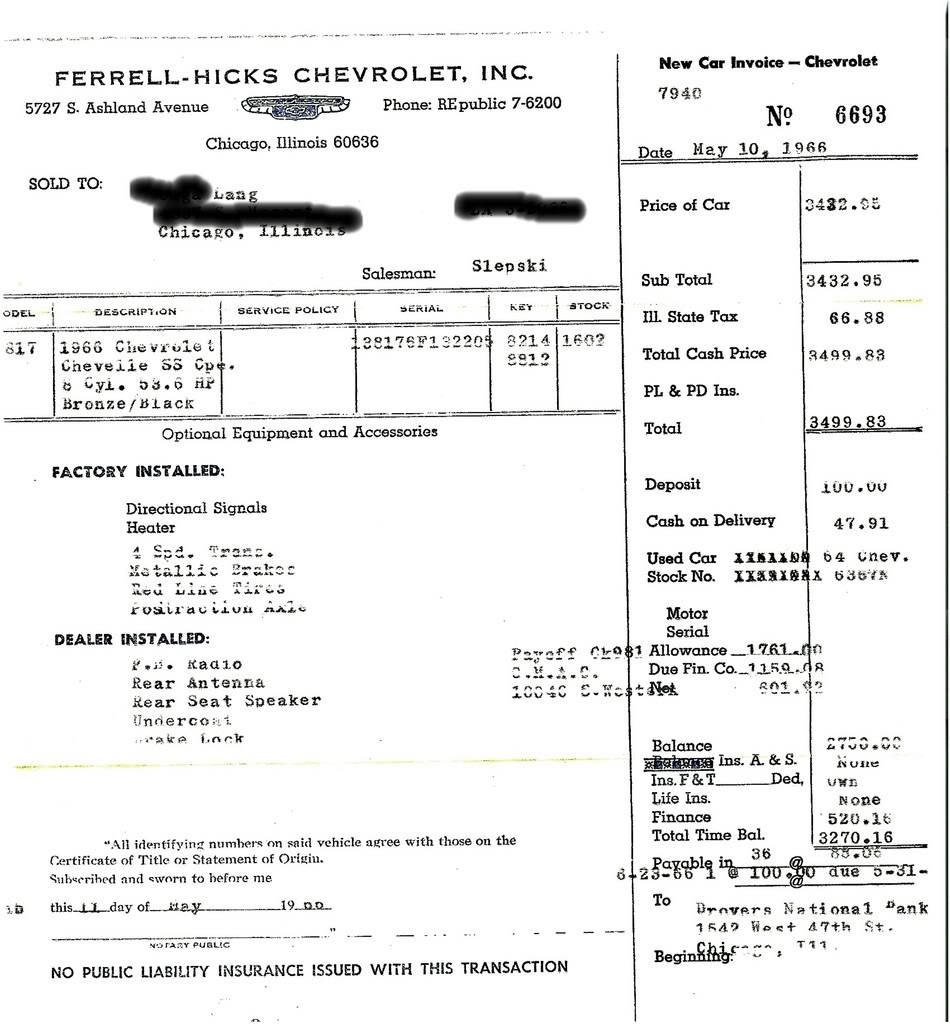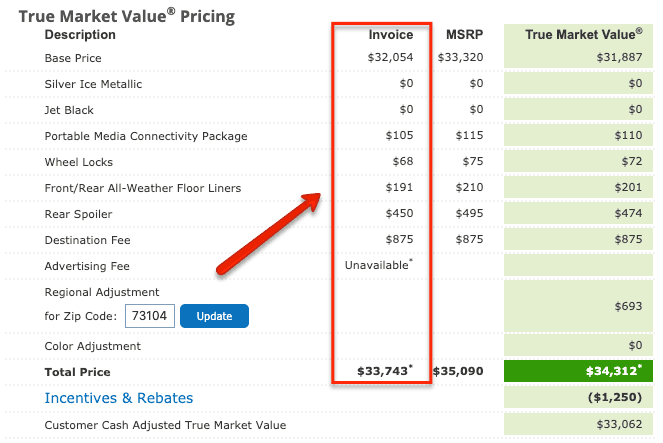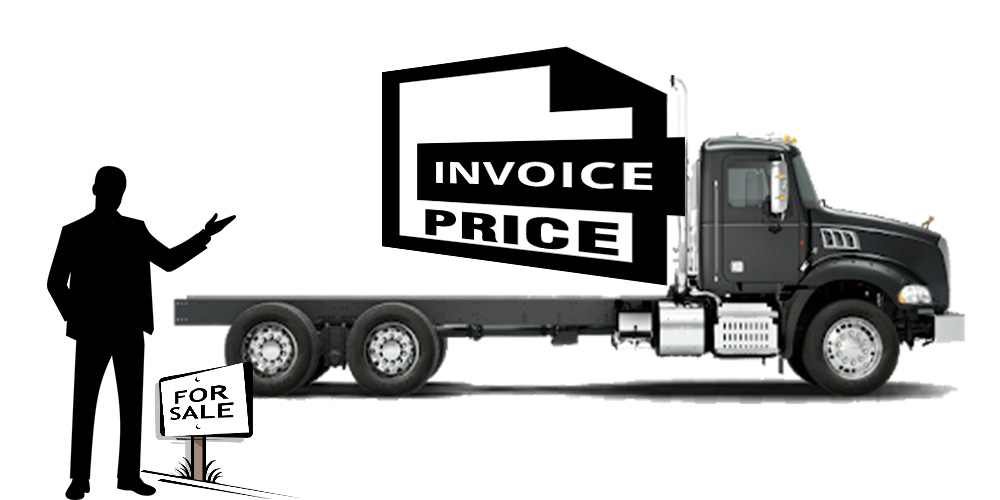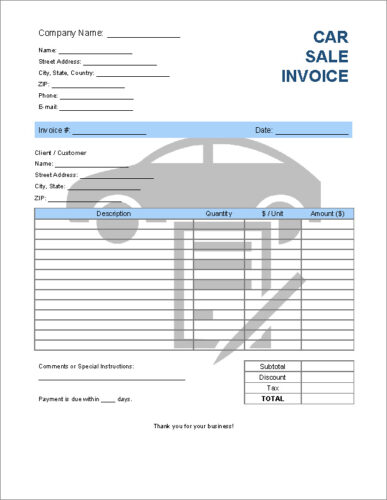How To Find Invoice Price Of A New Vehicle
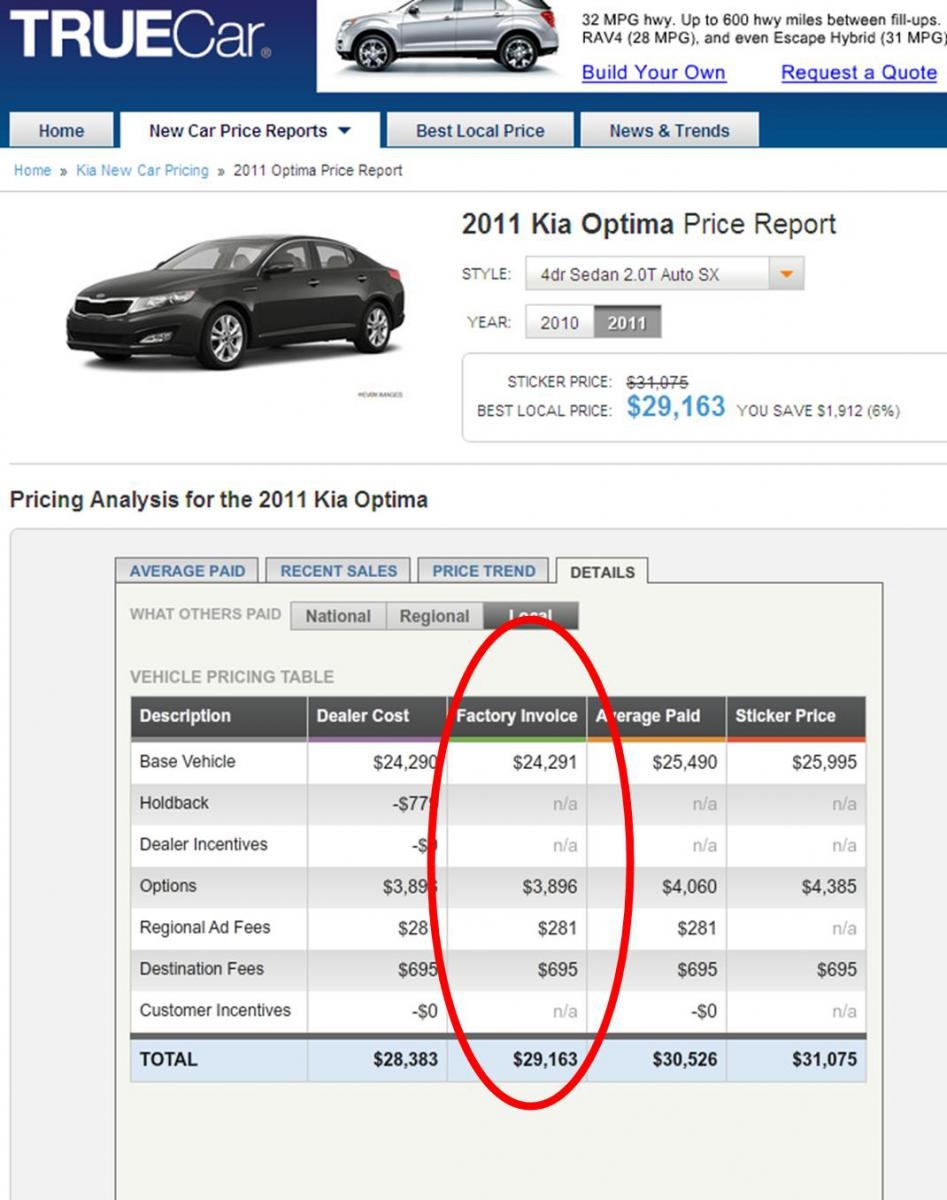
Don't overpay for your next car. Knowing the invoice price is your first defense against dealer markups and ensures you get the best possible deal.
This guide provides the essential steps to uncover the elusive invoice price of a new vehicle, empowering you to negotiate effectively and save potentially thousands of dollars.
Understanding the Invoice Price
The invoice price is what the dealer pays the manufacturer for the vehicle.
It's often lower than the MSRP (Manufacturer's Suggested Retail Price), giving you a crucial bargaining chip.
However, it's essential to understand that the invoice price isn't the dealer's *true* cost; they often receive incentives and rebates later.
Where to Find the Invoice Price
Online Resources
Several websites specialize in providing invoice pricing data. Edmunds, Kelley Blue Book (KBB), and Consumer Reports are reputable sources.
These sites typically require you to input the vehicle's year, make, model, and trim level to generate an invoice price report.
Be aware that some sites may require a subscription or payment for detailed information.
Invoice Price Reports
For a more comprehensive report, consider purchasing an invoice price report from sites like FightingChance.com.
These reports often include regional incentives, dealer holdbacks, and other hidden factors that influence the final price.
While there's a cost involved, the potential savings can far outweigh the expense.
Contacting Dealers Directly
While not always straightforward, you can try contacting multiple dealerships and asking for the invoice price.
Be prepared for resistance; dealers are often reluctant to disclose this information readily.
Phrase your request carefully. For instance, ask: "What is the *invoice price* on a [Year] [Make] [Model] [Trim] with these specific options?"
Decoding the Invoice Price Report
An invoice price report typically breaks down the cost of the vehicle into several components.
These include the base price, options, destination charges, and advertising fees.
Pay close attention to the destination charge, which is a non-negotiable fee.
Negotiating Strategies
Armed with the invoice price, you can begin negotiating effectively.
Aim to pay slightly above invoice, factoring in a reasonable profit for the dealer.
Consider offering to pay a set dollar amount above invoice, rather than a percentage.
Understanding Dealer Incentives
Dealers often receive incentives from manufacturers based on sales volume.
These incentives, known as dealer holdbacks, are typically a percentage of the MSRP or invoice price.
While you can't directly access these incentives, understanding they exist can strengthen your negotiation position.
Beware of Add-ons
Dealers may try to add on unnecessary extras, such as extended warranties or paint protection.
Resist these add-ons unless they genuinely provide value and are priced competitively.
Always scrutinize the final price and ensure it aligns with your agreed-upon terms.
Important Considerations
The invoice price is a *starting point*, not a final price.
Market conditions, vehicle demand, and available incentives all influence the ultimate price you'll pay.
Research local market trends and compare prices from multiple dealerships to get the best deal.
Timing is Key
The best time to negotiate is typically at the end of the month or quarter, when dealers are trying to meet sales quotas.
Also, consider shopping during slower periods, such as weekdays or when new models are being released.
These factors can give you additional leverage in negotiations.
Be Prepared to Walk Away
The most powerful negotiation tool is your willingness to walk away from a deal that doesn't meet your needs.
Dealers are often more willing to negotiate when they realize you're serious about buying elsewhere.
Don't be afraid to visit multiple dealerships and compare offers.
What's Next?
Start your research now by gathering invoice prices from reputable online sources.
Contact local dealerships and request quotes on the specific vehicle you're interested in.
Stay informed about current incentives and market conditions to maximize your savings.
